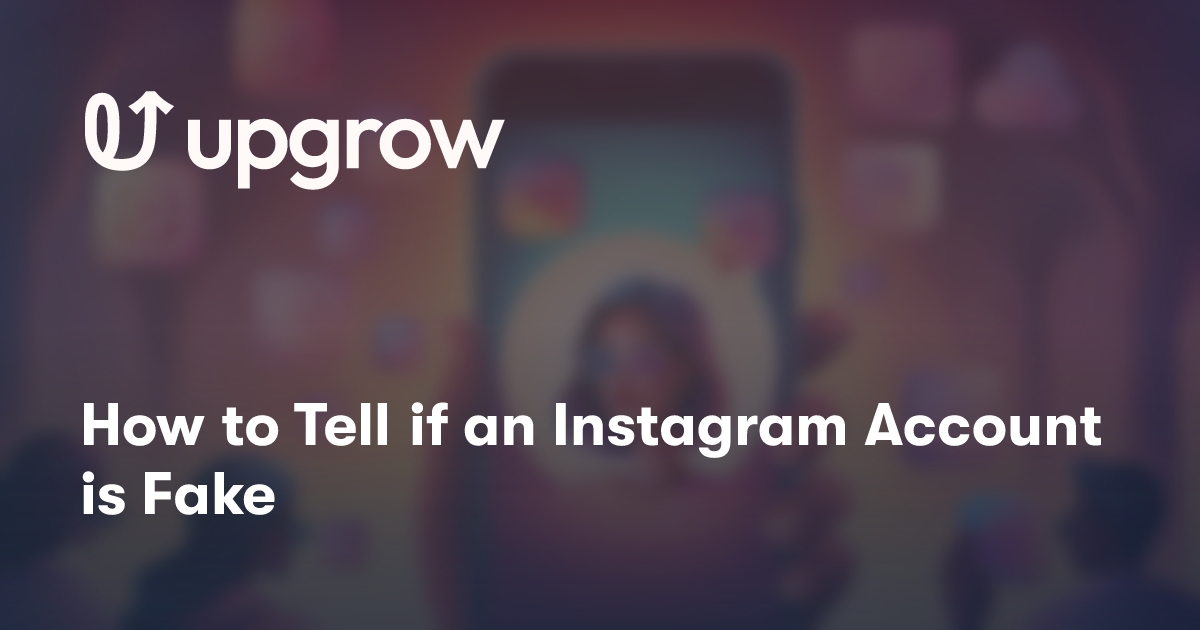
Instagram's popularity has made it a prime target for fake accounts and scammers. Protecting yourself from these deceptive profiles is crucial for a safe social media experience. By learning to identify red flags, you can avoid falling victim to scams and maintain genuine connections on the platform.
Spotting a fake Instagram account often comes down to a few key factors: an incomplete or suspicious profile, unusual posting patterns, and questionable follower engagement. Look out for accounts with no profile picture, minimal personal information, or a bio that seems generic or automated. Pay attention to the account's posting history – sudden changes in content style or long periods of inactivity can be warning signs.
You can also examine the follower count and engagement rates for clues. Fake accounts may have an unusually high number of followers but very low engagement on their posts. Be wary of profiles that aggressively follow and unfollow users or leave generic comments across many posts. These behaviors are typical of bots and fraudulent accounts trying to boost their perceived popularity.
Identifying Fake Instagram Accounts
Spotting fake Instagram accounts requires careful observation of multiple profile elements and behaviors. Vigilance in examining profiles, analyzing follower patterns, scrutinizing content, and assessing interactions can help you detect potential imposters.
Profile Examination
Check the account's bio for inconsistencies or copied content. Look for incomplete information or generic details that lack personalization. Examine the profile picture closely - fake accounts often use stock photos or images stolen from other users.



